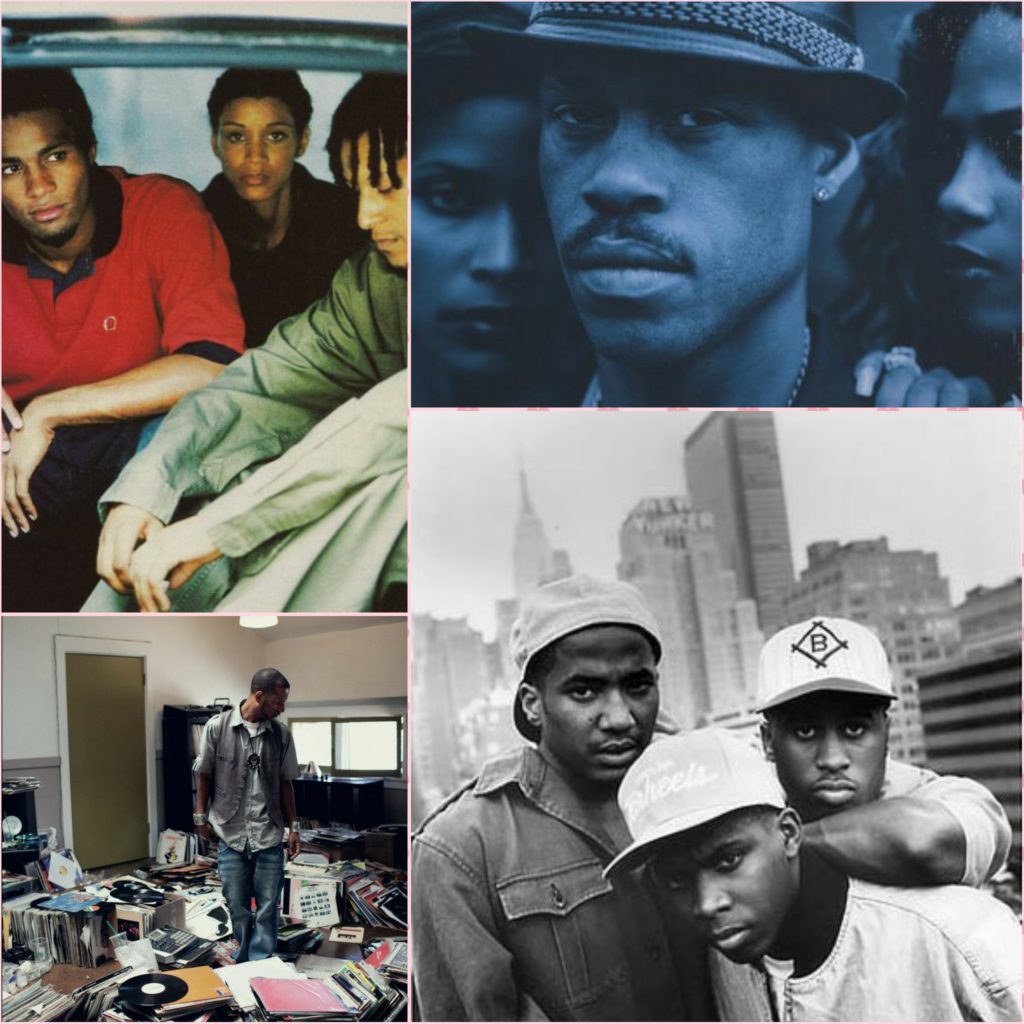
We round out Jazz History Month by shining a spotlight on the connection that jazz and hip-hopp have created overtime.
It’s not really shocking that jazz and hip-hop would eventually find themselves in a happy relationship.
Both genres were created out of a need for a certain class of people to be heard. As jazz spawned out of post-slavery, hip-hop came to life in the midst of a war on drugs that tore apart inner-city communities.
Jazz, like hip-hop, started off as an underground thing before mainstream culture accepted it as something to consume. So when as hip-hop grew past its house party vibes and boom-bap phase, and younger acts began to search for their sounds, many looked to the jazz.
In the early ’90s, A Tribe Called Quest, Digable Planets, Jungle Brothers, De La Soul would lead the charge in introducing jazz to the rap world.
Later in the decade, Guru from the group Gangstarr would take it another level. Enlisting actual jazz artists, Guru kicked off his jazz-infused hip-hop series, Jazzmatazz. Featuring the likes of Brandon Marsalis, N’Dea Davenport, Roy Ayers and more helped Guru produce the first rap album that featured live jazz bands and acts.
From there, the likes of The Roots, J Dilla, Madlib, and others would introduce a new generation to jazz.
Jazz and hip-hop would take center stage when Kendrick Lamar released his stellar Grammy award-winning album, To Pimp A Butterfly. The album had jazz elements sewn all through the project with the pinnacle being the single, “Alright.”
For Jazz Appreciation Month, remember how jazz-inspired hip-hop to reach new levels.

